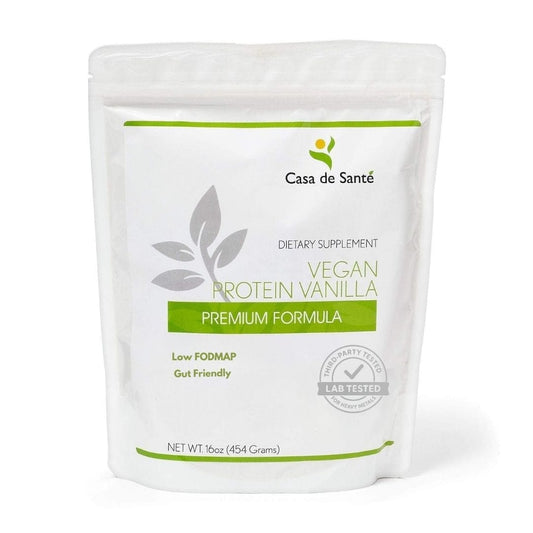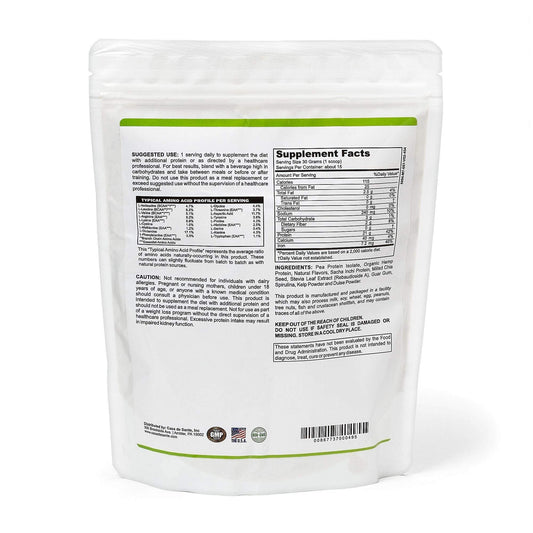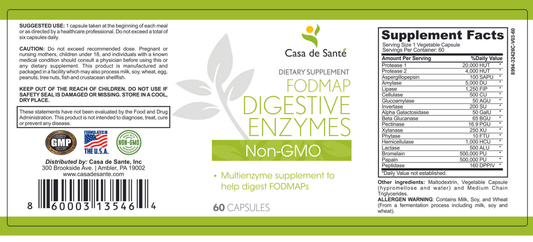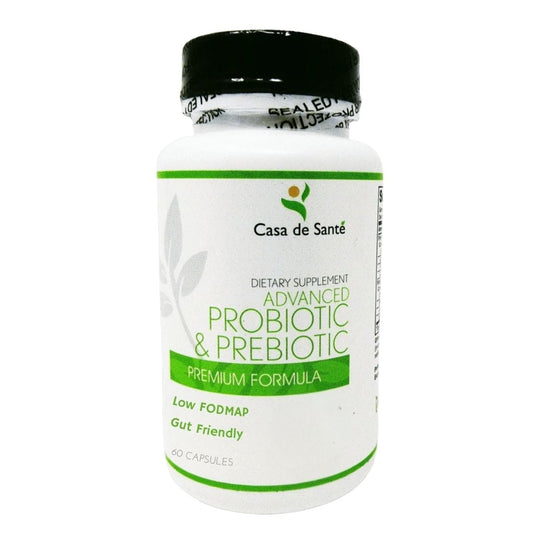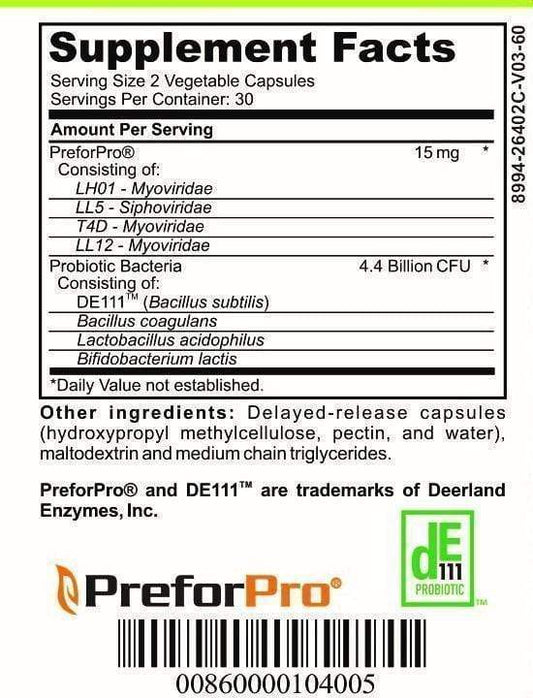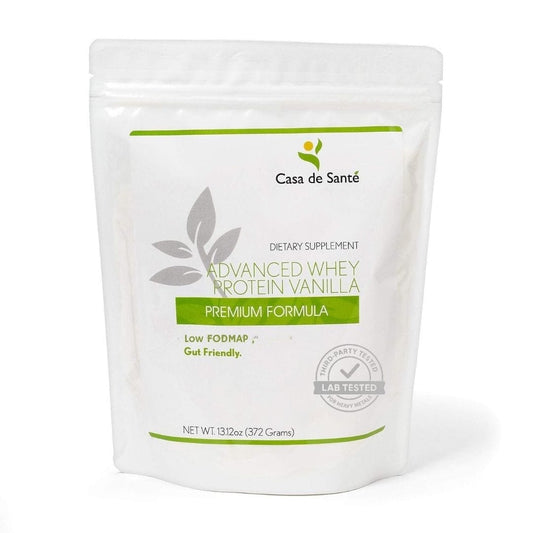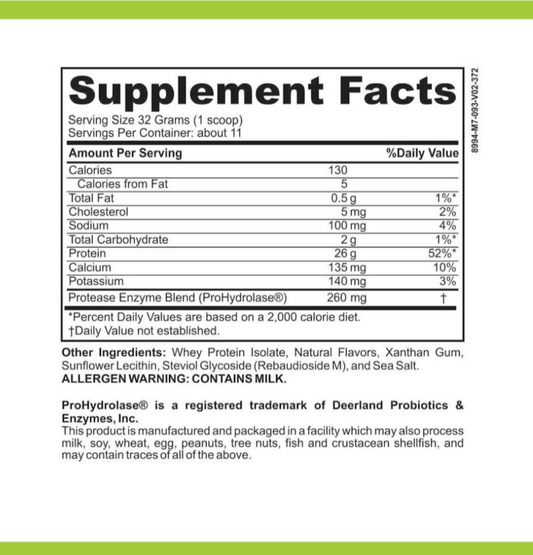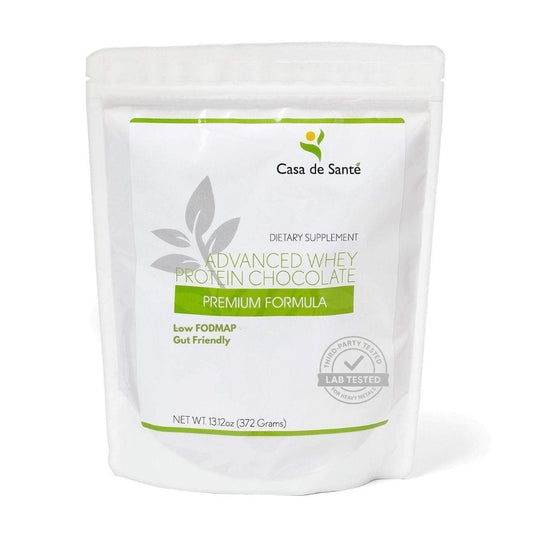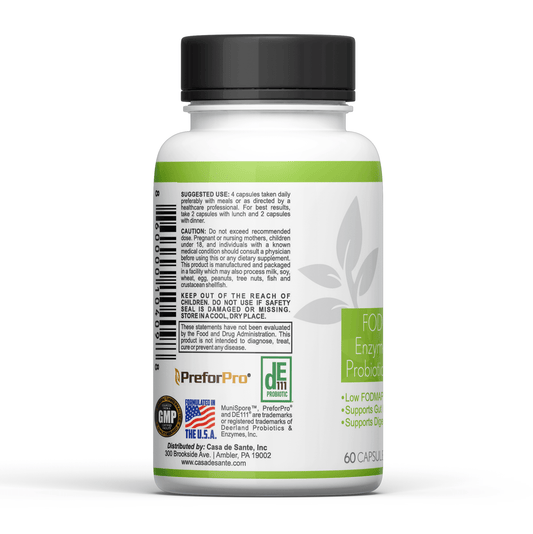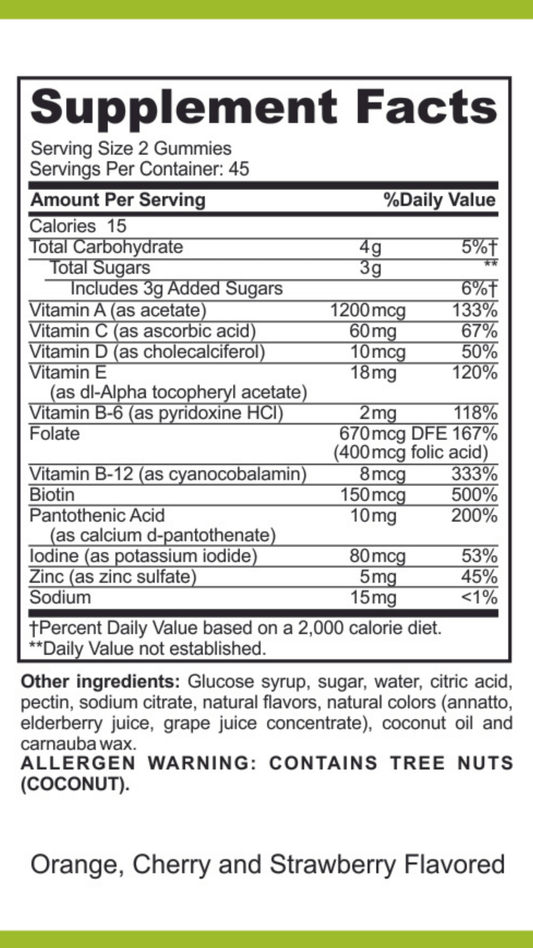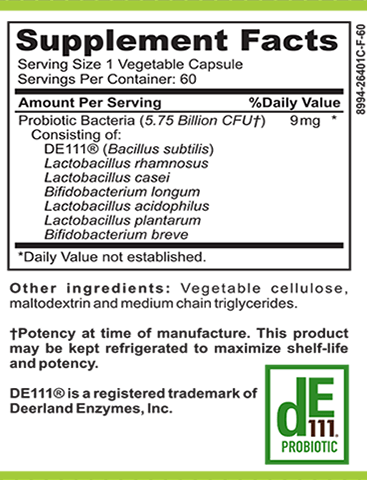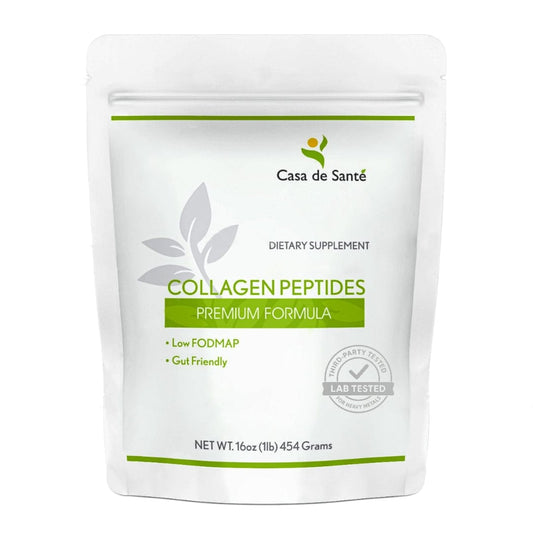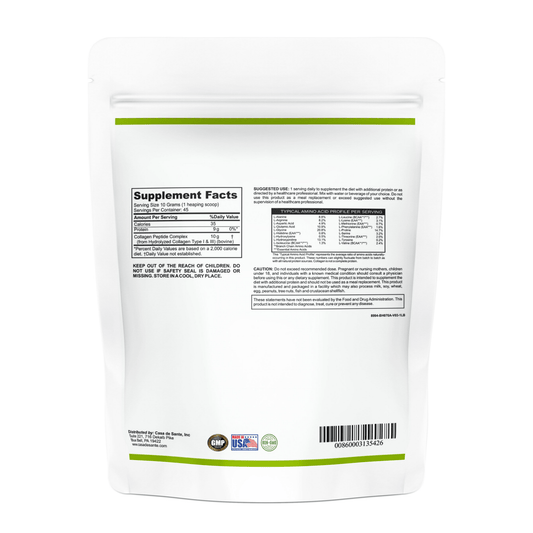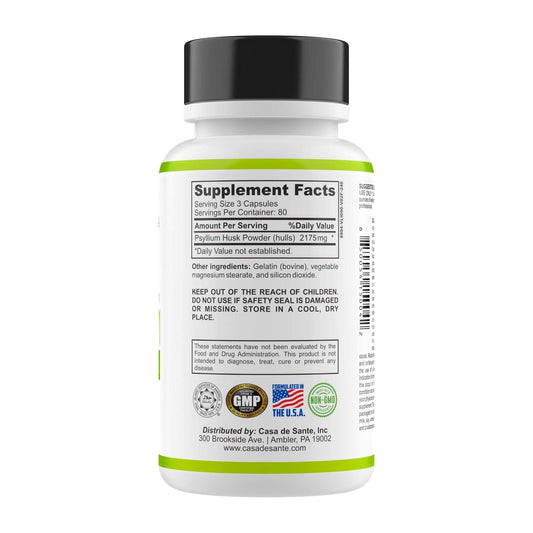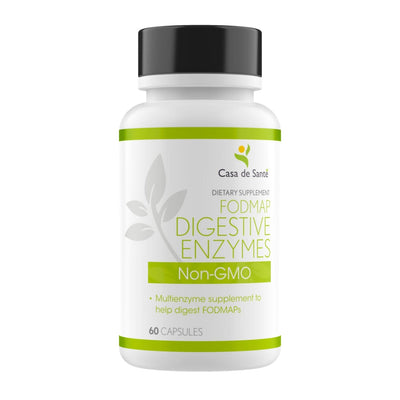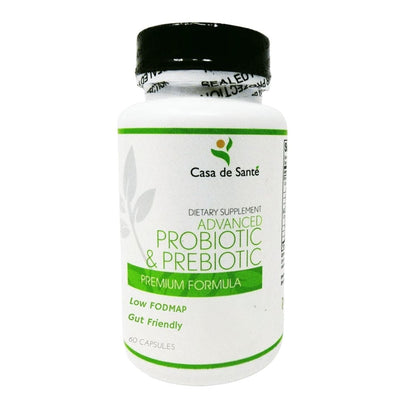Are Figs High FODMAP? Understanding Their Digestive Impact
Are Figs High FODMAP? Understanding Their Digestive Impact
Navigating dietary choices with digestive conditions like IBS can feel like walking through a nutritional minefield. Figs, with their sweet taste and unique texture, often raise questions for those following a low FODMAP diet. These ancient fruits have been cultivated for thousands of years and are packed with nutrients, but their FODMAP content might make some people think twice before indulging. Let's dive into the world of figs and discover whether they deserve a place in your low FODMAP meal plan.
What Are FODMAPs and Why Do They Matter?
FODMAPs (Fermentable Oligosaccharides, Disaccharides, Monosaccharides, and Polyols) are types of carbohydrates that can be poorly absorbed in the small intestine. When these carbohydrates reach the large intestine, they can be fermented by gut bacteria, potentially causing symptoms like bloating, gas, abdominal pain, and altered bowel habits in sensitive individuals, particularly those with Irritable Bowel Syndrome (IBS).
The low FODMAP diet, developed by researchers at Monash University in Australia, has become a go-to approach for managing IBS symptoms. This diet involves temporarily reducing high FODMAP foods and then systematically reintroducing them to identify specific triggers. Understanding which foods contain high levels of FODMAPs is crucial for successfully implementing this dietary approach.
Common High FODMAP Foods
Many fruits, vegetables, grains, and dairy products contain high levels of FODMAPs. Some common high FODMAP foods include apples, pears, watermelon, cauliflower, onions, garlic, wheat, rye, cow's milk, and honey. These foods aren't inherently unhealthy—in fact, many are nutritional powerhouses—but they can trigger digestive symptoms in sensitive individuals due to their FODMAP content.
Figs and Their FODMAP Content
So where do figs fall on the FODMAP spectrum? According to Monash University's testing, fresh figs are considered high in FODMAPs, particularly fructans and excess fructose. A serving size of one large fresh fig (approximately 40g) is classified as high FODMAP, meaning it contains enough FODMAPs to potentially trigger symptoms in sensitive individuals.
Dried figs are even more concentrated in FODMAPs due to the dehydration process, which removes water but leaves the sugars intact. Just two small dried figs (about 30g) are considered a high FODMAP serving. This concentration effect is common with dried fruits, which is why many of them are limited on a low FODMAP diet.
The Specific FODMAPs in Figs
Figs contain primarily fructans and excess fructose. Fructans are a type of oligosaccharide that humans lack the enzymes to fully digest. Excess fructose refers to when a food contains more fructose than glucose, which can lead to poor absorption since glucose helps transport fructose across the intestinal wall. Both of these FODMAPs can lead to fermentation in the large intestine, potentially causing digestive symptoms in sensitive individuals.
Fig Jam and Other Fig Products
Processed fig products like fig jam, fig paste, or fig-containing baked goods typically maintain the high FODMAP content of the original fruit. In fact, these products may contain concentrated amounts of FODMAPs or additional high FODMAP ingredients like high-fructose corn syrup. Always check ingredient lists carefully if you're following a low FODMAP diet and considering consuming fig-based products.
Can Figs Be Part of a Low FODMAP Diet?
While fresh and dried figs are high in FODMAPs at typical serving sizes, this doesn't necessarily mean they're completely off-limits for everyone following a low FODMAP diet. The low FODMAP diet is not about permanent elimination but rather about understanding personal tolerance levels.
During the initial elimination phase of the diet, high FODMAP foods like figs should be avoided. However, during the reintroduction phase, you might discover that you can tolerate small amounts of figs without symptoms. FODMAPs have a cumulative effect, so even if you can't handle a whole fig, you might be able to enjoy a small slice as part of a low FODMAP meal.
Portion Control and Timing
If you find that you can tolerate figs to some degree, portion control becomes essential. Perhaps you can handle a quarter or half of a fresh fig without symptoms. Additionally, timing can matter—some people find that consuming potentially triggering foods earlier in the day gives their digestive system more time to process them before bedtime, potentially reducing nighttime symptoms.
Nutritional Benefits of Figs
Despite their high FODMAP content, figs offer impressive nutritional benefits that make them worth considering if your digestive system can handle them. Fresh figs are a good source of dietary fiber, providing about 2-3 grams per fig. They also contain various vitamins and minerals, including vitamin K, potassium, magnesium, and calcium.
Figs contain antioxidants that help combat oxidative stress in the body. They're also known for their natural laxative effect, which can be beneficial for those dealing with constipation (though this same property might exacerbate diarrhea in some individuals with IBS).
Digestive Enzymes and Figs
Some people find that taking digestive enzyme supplements helps them tolerate moderate FODMAP foods like figs better. Products like Casa de Sante's digestive enzymes are specifically formulated to support digestion for those with sensitive stomachs. These enzymes can help break down difficult-to-digest carbohydrates, potentially reducing fermentation and associated symptoms. When used as part of a comprehensive approach to digestive health—alongside appropriate dietary modifications and stress management—digestive enzymes may help expand your dietary options to include occasional treats like a small serving of figs.
Low FODMAP Alternatives to Figs
If you love figs but find they trigger your symptoms, several low FODMAP fruits can provide similar nutritional benefits and satisfy your sweet cravings. Strawberries, blueberries, raspberries, and oranges are all low FODMAP options at appropriate serving sizes. These fruits offer fiber, vitamins, and antioxidants similar to figs but without the problematic FODMAPs.
For that unique texture that figs provide, kiwi fruit can be a good alternative. It offers a similar seedy texture and sweetness while remaining low FODMAP at servings of up to two medium fruits. Dragon fruit is another exotic option that's low in FODMAPs and provides a somewhat similar eating experience to figs.
Low FODMAP Fig-Inspired Recipe
If you're missing the unique flavor of figs, here's a low FODMAP recipe that captures some of the fig essence without the FODMAPs:
Low FODMAP Fig-Inspired Chia Jam
A delicious spread that mimics the texture and sweetness of fig jam without the high FODMAP content.
Ingredients:
- 2 cups strawberries, hulled and chopped
- 1 kiwi, peeled and diced
- 2 tablespoons maple syrup
- 1 tablespoon lemon juice
- 2 tablespoons chia seeds
- ¼ teaspoon vanilla extract
- Pinch of cinnamon
Instructions:
- Combine strawberries and kiwi in a saucepan over medium heat.
- Mash the fruit with a fork as it heats and begins to break down (about 5 minutes).
- Add maple syrup and lemon juice, stirring to combine.
- Remove from heat and stir in chia seeds, vanilla, and cinnamon.
- Let cool for 10 minutes, then transfer to a jar and refrigerate for at least 2 hours to set.
- Use as you would fig jam on low FODMAP toast, crackers, or as part of a cheese plate.
Prep Time: 5 minutes
Cook Time: 5 minutes
Yield: About 1 cup
Cuisine: Low FODMAP
Supporting Digestive Health Beyond FODMAPs
While managing FODMAPs is important for many people with IBS and other digestive issues, overall gut health involves more than just avoiding trigger foods. A holistic approach to digestive wellness includes adequate hydration, regular physical activity, stress management, and potentially supplementation with gut-supportive products.
For those looking to support their digestive health while navigating FODMAP sensitivities, products like Casa de Sante's low FODMAP certified protein powders can be valuable additions to your routine. These gut-friendly protein powders provide essential nutrients without the digestive distress that can come from other protein supplements. Similarly, their prebiotic and probiotic supplements are formulated to support gut flora balance without triggering FODMAP-related symptoms.
Personalized Approach to Diet
Remember that digestive health is highly individual. What works for one person may not work for another, even among those with the same diagnosis. Working with a registered dietitian who specializes in digestive disorders can help you develop a personalized approach to managing your symptoms while maintaining a nutritious, enjoyable diet.
Some people find that personalized meal plans, like those offered by Casa de Sante, take the guesswork out of low FODMAP eating. These plans can help ensure nutritional adequacy while respecting individual tolerances and preferences, making the dietary management of digestive conditions more sustainable long-term.
Conclusion
So, are figs high FODMAP? Yes, both fresh and dried figs contain significant amounts of FODMAPs, particularly fructans and excess fructose, making them potentially problematic for those with IBS or FODMAP sensitivities. However, this doesn't mean they're completely off-limits forever for everyone following a low FODMAP approach.
Through careful reintroduction and testing, you may discover your personal tolerance level for figs. Some people might be able to enjoy small portions occasionally, while others may need to seek out alternatives. Whatever your relationship with figs turns out to be, understanding their FODMAP content empowers you to make informed decisions about including them in your diet.
Remember that the goal of dietary management for digestive conditions isn't restriction for its own sake, but rather finding the most liberal diet that still controls symptoms. With patience and attentiveness to your body's signals, you can develop an eating pattern that supports both your digestive health and your enjoyment of food.

